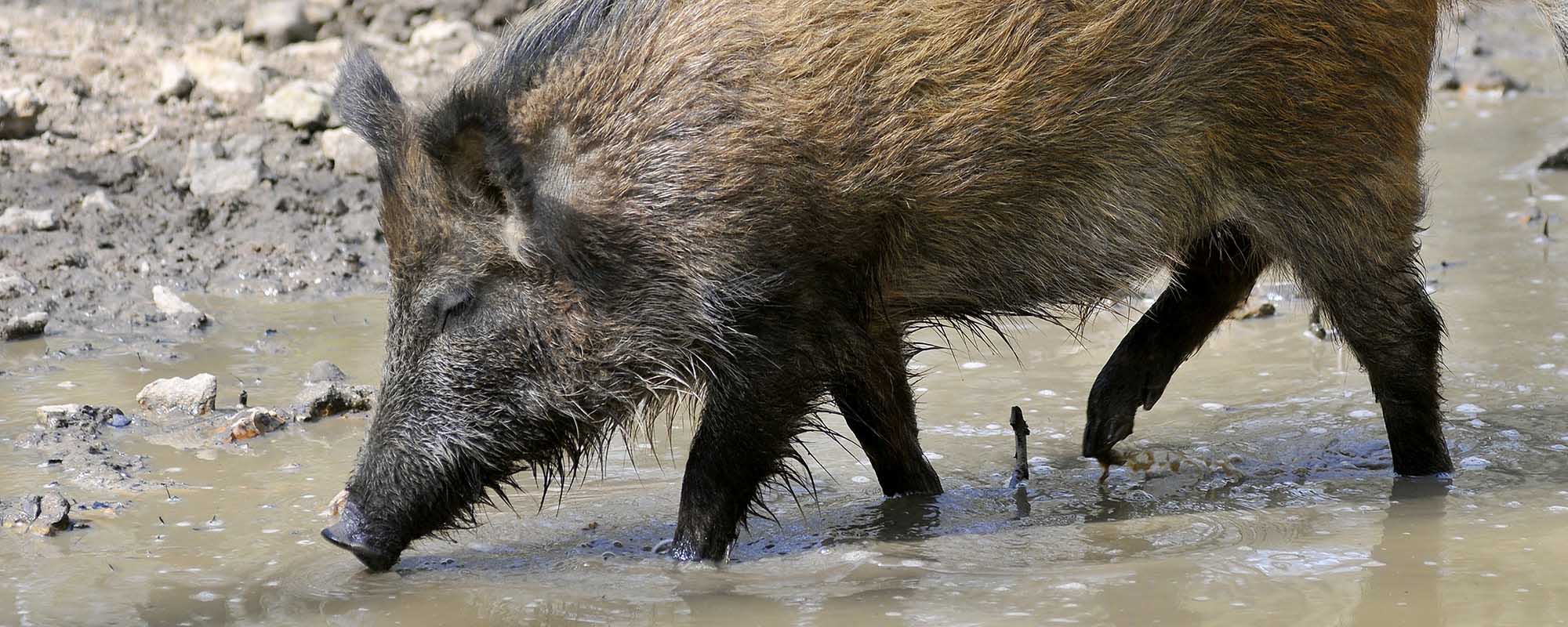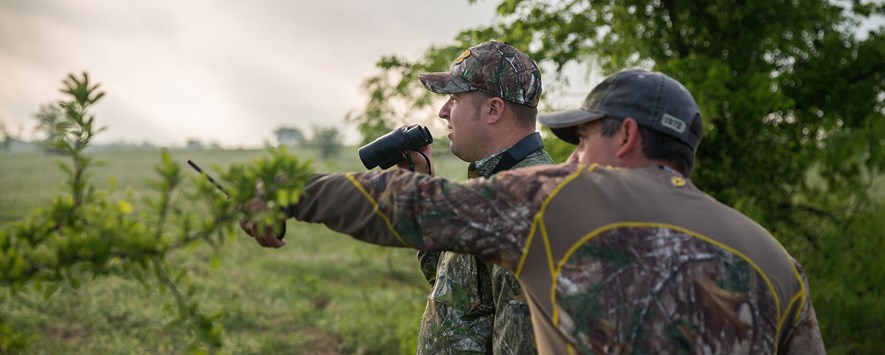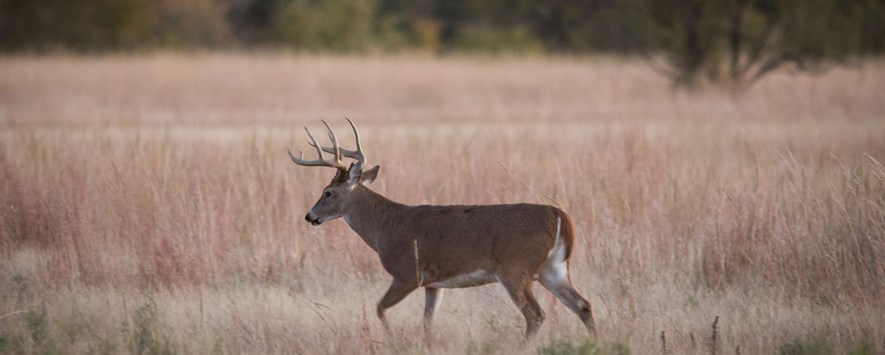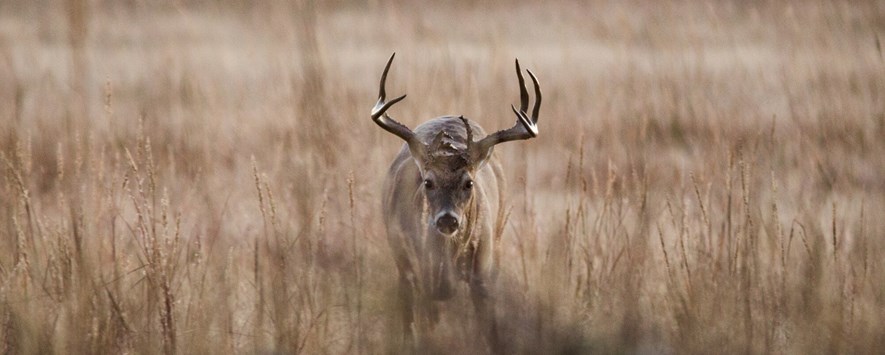Feral hogs represent many unknowns, and, as one biologist so precisely put it, "feral hogs are an ecological black box." In some areas, feral hogs have been blamed for declining quail populations, yet there are other areas where both quail and feral hog numbers are high. Feral hogs have also been accused of having a significant negative impact on wild turkey nests, various plant species and entire ecological systems. The actual effect feral hogs have on our environment, however, is largely unknown. More research and practical knowledge is needed to provide a better understanding of the feral hog and its influence on game and nongame species and the environment.
We know feral hogs can harbor and transmit some diseases and parasites to livestock and humans, and they can have a significant negative impact on some livestock operations through depredation and damage to forages, facilities and fences. Farmers are perhaps the most affected because of the damage caused by rooting and depredation of crops. Feral hogs provide excellent table fare and are a challenging game species to pursue with gun, bow or dog; they even compete with white-tailed deer in some areas as the most popular animal to hunt. To effectively get the upper hand on this prolific species, intensive implementation of control practices by landowners and others is necessary. Many pros and cons regarding the status of these creatures remain and probably will as long as we have biologists, farmers, ranchers, hunters and, of course, the feral hog.
Organizations
- Oklahoma Department of Agriculture, Food and Forestry
- Oklahoma Department of Wildlife Conservation: Game Division
- Noble Research Institute
- Oklahoma Cooperative Extension Service
Online Resources
- Oklahoma Department of Wildlife Conservation: Feral Hog Questions and Answers
- Texas Parks and Wildlife: Feral Hogs
- Texas AgriLife Extension Service
References
United States Department of Agriculture. (1992). Wild Pigs: Hidden Danger for Farmers and Hunters. Bulletin Number 620.
Barrett, R. H. and G. H. Birmingham. 1994. Wild Pigs. pp. D-65 - D70 in S. E. Hygnstrom, R. E. Timm and G. E. Larson, editors.
Prevention and Control of Wildlife Damage. Great Plains Agriculture Council, Wildlife Committee, Cooperative Extension Service, Institute of Agriculture and Natural Resources, University of Nebraska, Lincoln.
Davidson, W. R. (editor). 2006. Field Manual of Wildlife Diseases in the Southeastern United States, (3rd edition). Southeastern Cooperative Wildlife Disease Study. University of Georgia, Athens.
Hanselka, C.W. and J.F. Cadenhead, Editors. (1993). Feral Swine: A Compendium for Resource Managers. Texas Agriculture Extension Service, San Angelo.
Mayer, J.J. and I.L. Brisbin, Jr. (1991). Wild Pigs in the United States: Their History, Comparative Morphology, and Current Status. The University of Georgia Press, Athens.
Mendoza, M., Jr. and S.H. Turman. (1991). Controlling Feral Hog Damage. Texas Animal Damage Control Service. Leaflet Number 1925, San Antonio.
Rollins, D. (1994). Feral Hogs in Texas: The Good, The Bad and The Ugly. Texas Agriculture Extension Service, San Angelo. (video).
Taylor, R. (1991). The Feral Hog in Texas. Texas Parks and Wildlife Department Federal Aid Report Series Number 28, Austin.





